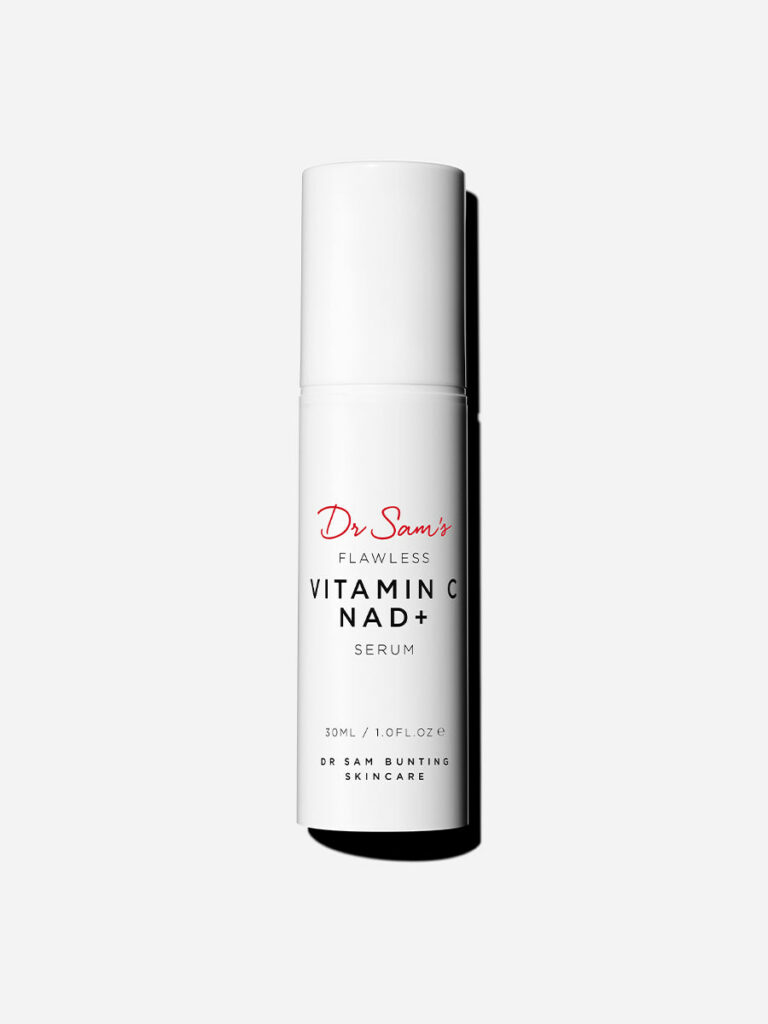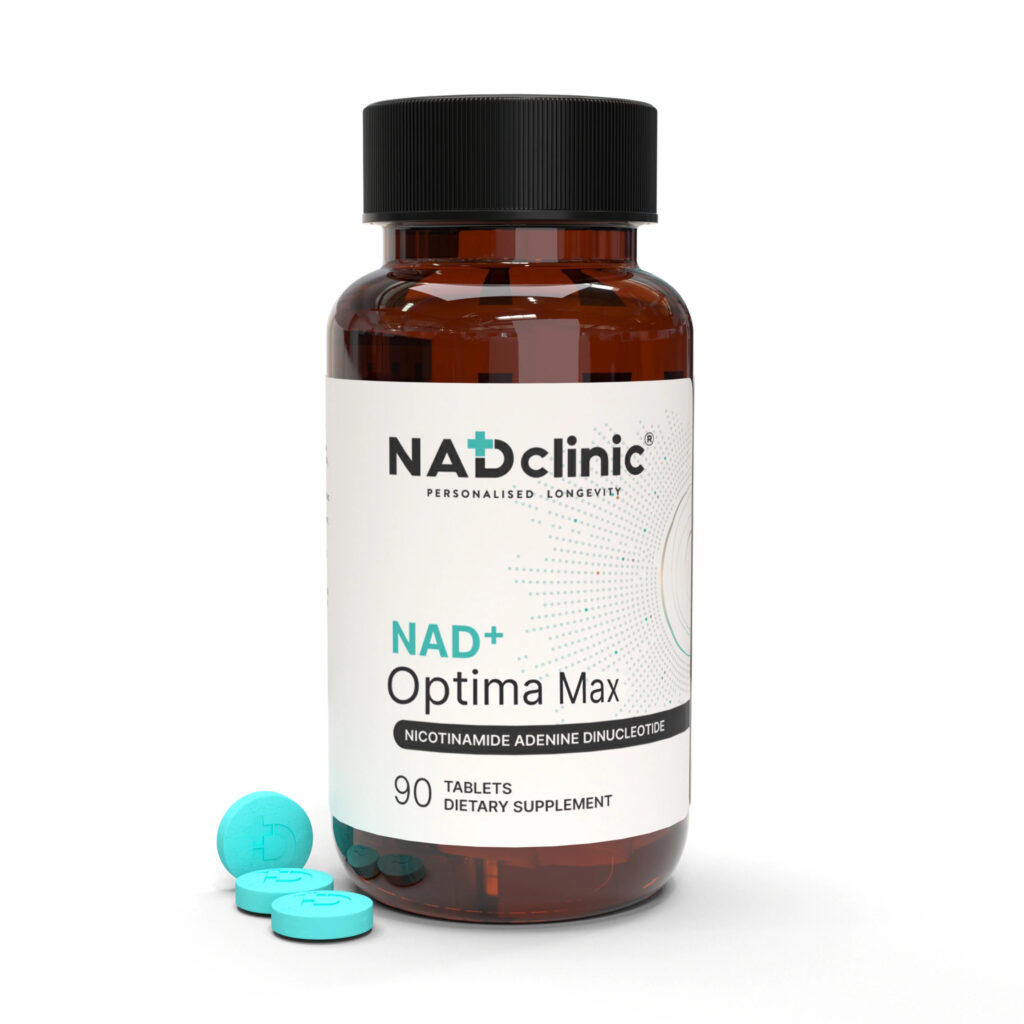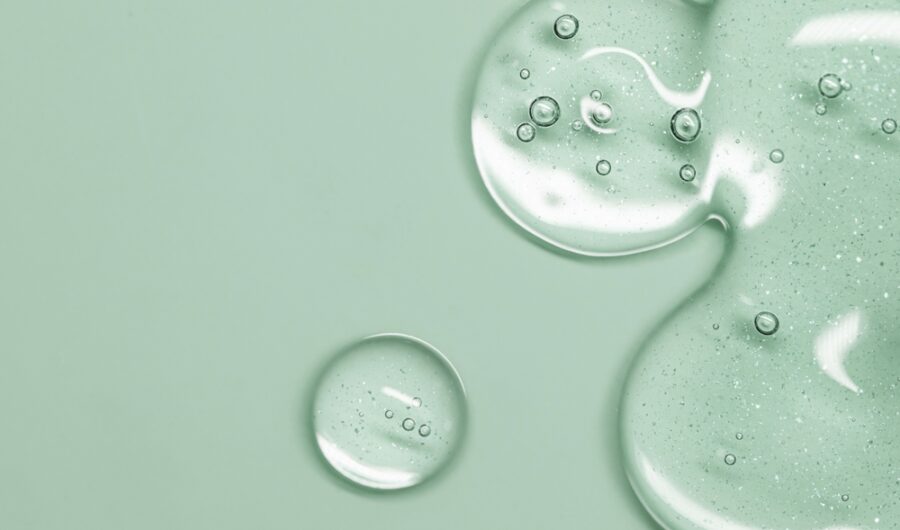In this edition of Hip & Healthy’s Beauty School series, we’re shining a spotlight on NAD+. This big beauty buzzword is making waves in the words of wellness and skincare thanks to the fact it works at a cellular level, helping everything from skin ageing and hyperpigmentation to boosting metabolism, fighting fatigue, and even increasing focus and concentration.
But what exactly is it and how should we be using it in our skincare routine? We tapped NADclinic’s Chief Scientific Officer, Alexander Julienne Audette (TCMP., R.Ac., B.Eng), to find out everything you need to know. So, get ready to swot up on this must-have beauty ingredient and bag yourself an A+ when it comes to all things NAD+.
So, what exactly is NAD+?
NAD stands for Nicotinamide Adenine Dinucleotide – a coenzyme of vitamin B3. Simply put, it’s a molecule that plays a crucial role in various biological processes, particularly in energy production within cells. Think of it as a kind of “currency” that helps transfer energy between different chemical reactions in your body. It’s involved in processes like metabolism, DNA repair, and cell signalling. Without NAD, your cells wouldn’t be able to efficiently produce energy or carry out essential functions.
What Are the Pros and Cons of Using It?
As NAD+ levels decline with age, replacing it has the advantage of slowing down the progression of ageing and alleviating symptoms such as fatigue, dermatitis, poor immune function, and poor cognition. Some reasons why people take NAD+ supplementats include: addiction therapy, improved memory, circadian clock normalisation, chronic fatigue, athletic performance, and pain management.
Some of the disadvantages include its cost. Although there are natural ways to boost levels, such as weight training, consuming less ultra-processed foods, alcohol and tobacco, intermittent fasting and getting adequate amounts of sleep (8hrs per night on average).
Can All Skin Types Benefit from It?
NAD+ has gained significant attention in dermatological research due to its pivotal role in cellular metabolism and potential anti-ageing effects. Its involvement in processes such as DNA repair, protein-protein interactions, and as a coenzyme in redox reactions positions NAD+ as a promising compound in skin health and beauty treatments. All skin types benefit from it as they share the same physiological mechanisms of ageing. Some of its mechanisms include:
Cellular Energy Metabolism: NAD+ is essential for the mitochondrial production of ATP, which provides the energy necessary for numerous cellular activities, including those critical for maintaining healthy skin cells. Enhanced energy metabolism aids the optimal functioning of skin cells, potentially delaying signs of ageing.
DNA Repair: UV radiation and other environmental stressors can cause DNA damage in skin cells, leading to premature ageing and increased risk of skin cancer. NAD+ plays a crucial role in the repair of DNA through its involvement in the PARP (poly ADP-ribose polymerase) pathway. Increased levels of NAD+ enhance the activity of PARP, promoting more effective DNA repair and cellular survival.
Sirtuin Activation: Sirtuins are a family of proteins that depend on NAD+ for their deacetylase activity, which is involved in cellular stress resistance, longevity, and anti-inflammatory processes. Activation of sirtuins by NAD+ has been shown to improve skin barrier function and decrease oxidative stress, leading to improved skin appearance and reduced ageing signs.
Therapeutic Potential: Clinical studies and trials have begun to explore the efficacy of NAD+ in various forms, such as topical applications and supplements, for skin health. These studies suggest that NAD+ can improve skin elasticity, reduce wrinkles, and enhance skin texture. Its antioxidant properties also help in combating oxidative stress, a major contributor to ageing and skin diseases.
What’s the Best Way to Incorporate It into a Skincare Routine?
In the world of beauty treatments, NAD+ is increasingly being incorporated into serums, creams, and facial treatments. These products aim to leverage the above benefits to delay ageing and improve skin quality. Medical spas and dermatological clinics are starting to offer NAD+ infusions as part of anti-ageing treatment regimens alongside supplements and dietary modification.
What’s the biggest misconception about NAD+?
It was assumed that NAD+ couldn’t directly enter cells due to the size of the molecule. However, it’s been used since the 1950s both intravenously as well as via its precursor forms. While the precursor’s (niacin, niacinamide, nicotinamide riboside and nicotinamide mononucleotide) transporters were found relatively early during research (hence the assumption above), there have been direct transporters found for NAD+ to enter the cell intact as well.

Codeage ‘NAD Face Cream’ – £57 
Dr Sam’s ‘Flawless Vitamin C NAD+ Serum’ – £62 
NADClinic ‘Enhanced Optima Max 90s’ – £179.99
words by Frankie Rozwadowska
Su S, Ndiaye M, Singh CK, Ahmad N. Mitochondrial Sirtuins in Skin and Skin Cancers. Photochem Photobiol. 2020 Sep;96(5):973-980. doi: 10.1111/php.13254. Epub 2020 Apr 28. PMID: 32124989; PMCID: PMC7483225.
Bhasin S, Seals D, Migaud M, Musi N, Baur JA. Nicotinamide Adenine Dinucleotide in Aging Biology: Potential Applications and Many Unknowns. Endocr Rev. 2023 Nov 9;44(6):1047-1073. doi: 10.1210/endrev/bnad019. PMID: 37364580.
D’Orazio, J., Jarrett, S., Amaro-Ortiz, A., & Scott, T. (2013). UV radiation and the skin. International Journal of Molecular Sciences, 14(6), 12222–12248.http://doi.org/10.3390/ijms140612222)














